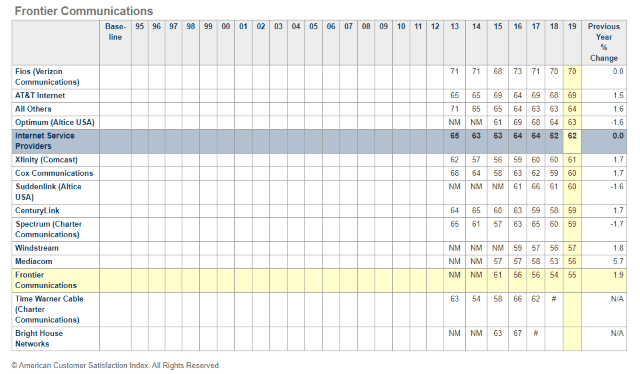 Charter Communications is not obligated to upgrade New York internet customers to a minimum internet speed of 300 Mbps, according to a letter of clarification directed to Stop the Cap! and received today from the New York State Department of Public Service.
Charter Communications is not obligated to upgrade New York internet customers to a minimum internet speed of 300 Mbps, according to a letter of clarification directed to Stop the Cap! and received today from the New York State Department of Public Service.
DPS:
In the Commission’s 2016 order, Charter was required to offer broadband internet service with speeds up to 100 Mbps to all customers served by its New York networks (including its Columbia County systems) by the end of 2018; and offer broadband internet service with speeds up to 300 Mbps to all customers served by its New York networks by the end of 2019. At the time of the Commission’s decision, although Time Warner operated some systems in New York that were already capable of offering customer speeds up to 300 Mbps, the majority of Time Warner customers in Upstate New York were limited to broadband speeds of 50 Mbps.
Charter was therefore required to upgrade its network to be able to offer broadband service at speeds up to 300 Mbps by the end of 2019 but was not required to increase its minimum service offering to 300 Mbps. Charter has reported that it has complied with this condition ahead of schedule and Department of Public Service Staff has begun the process of independently field-testing Charter’s network to verify compliance with the condition.
Stop the Cap! raised this issue with the Commission as part of the recent settlement agreement between New York State and Charter Communications, and sought an official clarification. Approximately 40% of Charter’s national footprint now receives 200 Mbps download speeds while most New Yorkers receive just 100 Mbps for the same price, putting the state at a disadvantage.

Dampier
“The Commission’s language in the original merger agreement was unclear, because Time Warner Cable had already embarked on a statewide upgrade to its so-called ‘Maxx’ service tiers, which included free speed increases, negating most of the benefits of the state’s condition requiring Charter to upgrade broadband speeds as part of its terms to approve the merger,” said Phillip Dampier, founder and president of Stop the Cap! “In fact, this merger made things worse for New Yorkers because customers would have been getting Time Warner Cable Maxx speeds as much as a year earlier than what Spectrum finally delivered across the state, and customers would have been offered a number of options for less costly internet service that Spectrum dropped.”
Shortly after the merger was approved, Charter placed a moratorium on Time Warner Cable Maxx upgrades and spent months attempting to knit Charter’s existing systems with the much larger Time Warner Cable.
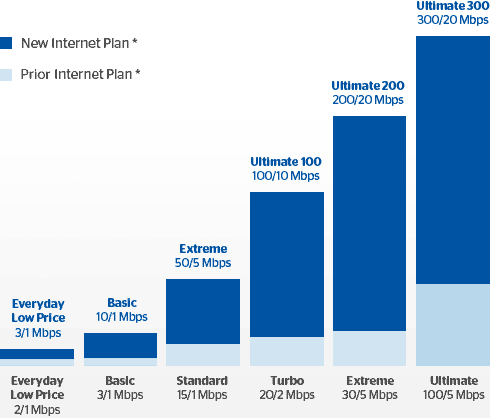
Time Warner Cable Maxx speeds were well on the way throughout Upstate New York before Charter acquired the company and issued an upgrade moratorium.
“Consumers already know from their cable bills that this merger was just another bad deal for New York, and now nearly half of Spectrum’s national service area gets twice the speed Upstate New York gets for the same price, and there is no pressure on the company to deliver any additional upgrades,” Dampier added.
Stop the Cap! also urged the Commission to do all it could to make life easier for customers in the New York City area, where Charter has been trying to rid itself of union technicians that have been on strike for over two years.
“For all the talk by state officials, including the governor, it appears there is no end in sight for this strike and customers are caught in the middle,” Dampier said. “We hear frequently from New York City consumers about substandard repair work and unacceptable installations that suggest the company is not using the best available workforce to take care of customer needs. Charter is making loads of money in profits and can afford to offer a square deal to workers to end this strike and get these technicians back to work.”


 Subscribe
Subscribe The FCC has awarded New York’s rural broadband authority over $39 million to bring at least 100/20 Mbps broadband service to 15,442 underserved or unserved rural homes in Upstate New York over the next several years. In conjunction with Gov. Andrew Cuomo’s New NY Broadband Program, the funds will be used to continue expansion of internet service until the state is satisfied that any resident that wants internet service can get it.
The FCC has awarded New York’s rural broadband authority over $39 million to bring at least 100/20 Mbps broadband service to 15,442 underserved or unserved rural homes in Upstate New York over the next several years. In conjunction with Gov. Andrew Cuomo’s New NY Broadband Program, the funds will be used to continue expansion of internet service until the state is satisfied that any resident that wants internet service can get it.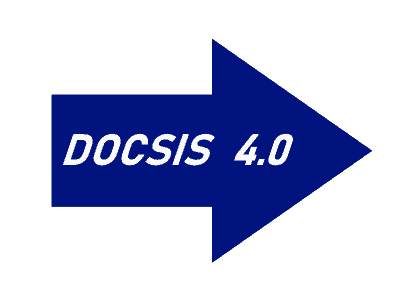
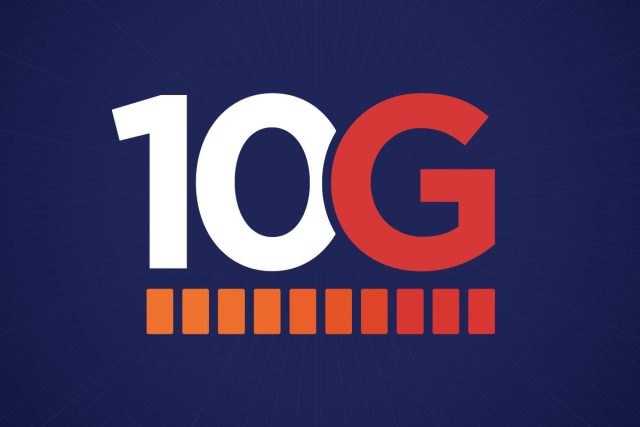 Industry trade association NCTA reports that Comcast, Charter, Cox, Mediacom, Midco, Rogers (Canada), Shaw Communications (Canada), Vodafone (Europe), Taiwan Broadband Communications, Telecom Argentina, Liberty Global (Europe/Latin America) are all implementing the industry’s 10G initiative, with lab trials already underway, and field trials beginning in 2020. DOCSIS 4.0 will ultimately be a part of that project.
Industry trade association NCTA reports that Comcast, Charter, Cox, Mediacom, Midco, Rogers (Canada), Shaw Communications (Canada), Vodafone (Europe), Taiwan Broadband Communications, Telecom Argentina, Liberty Global (Europe/Latin America) are all implementing the industry’s 10G initiative, with lab trials already underway, and field trials beginning in 2020. DOCSIS 4.0 will ultimately be a part of that project. CableLabs has published a new specification for the DOCSIS 3.1 cable broadband platform that will support <1 ms latency, optimal for online gaming and virtual reality.
CableLabs has published a new specification for the DOCSIS 3.1 cable broadband platform that will support <1 ms latency, optimal for online gaming and virtual reality.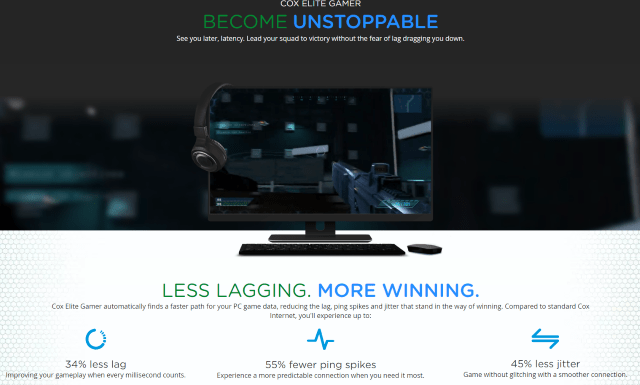
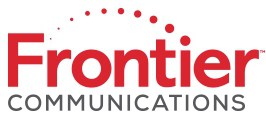 “Frontier offers a level of suckage that cannot be proportionally compared with any other company in America. Stabbing yourself with knitting needles is less painful than their snail slow internet service and dealing with customer service agents that formerly served as prison guards at a Syrian detention camp.” — A deeply dissatisfied Frontier DSL customer in Ohio
“Frontier offers a level of suckage that cannot be proportionally compared with any other company in America. Stabbing yourself with knitting needles is less painful than their snail slow internet service and dealing with customer service agents that formerly served as prison guards at a Syrian detention camp.” — A deeply dissatisfied Frontier DSL customer in Ohio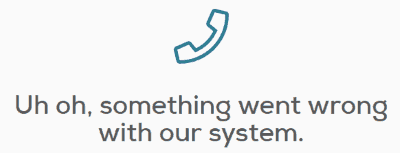 Frontier’s worst performance is delivered in legacy DSL service areas, where its aging copper wire network is often incapable of delivering 21st century broadband speeds. In many areas, speeds drop well below 10 Mbps during peak usage. Even worse, company officials signaled that the company
Frontier’s worst performance is delivered in legacy DSL service areas, where its aging copper wire network is often incapable of delivering 21st century broadband speeds. In many areas, speeds drop well below 10 Mbps during peak usage. Even worse, company officials signaled that the company 